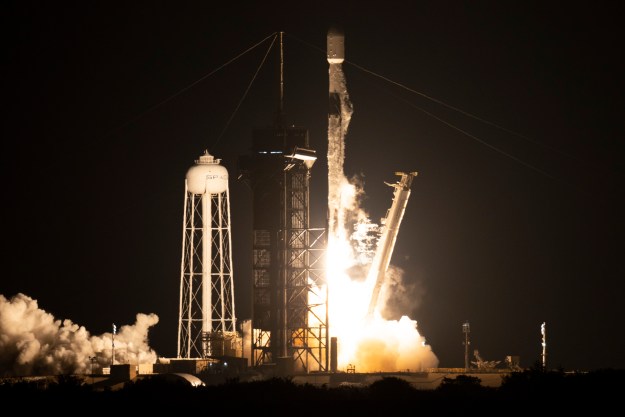
The U.S. Air Force’s secretive X-37B space plane this week broke its own record for time spent in low-Earth orbit — 718 days.
Its previous record-breaking mission of 717 days ended in May 2017 when the vehicle touched down at the Kennedy Space Center’s Shuttle Landing Facility, Space.com reported.
The current voyage, called Orbital Test Vehicle-5 (OTV-5), launched on a Space X Falcon 9 rocket in September 2017. Its missions are classified so the intended length of its stay in space hasn’t been made public.
Indeed, not a great deal is known about the uncrewed X-37B beyond the limited information posted on the Air Force’s website.
It’s described as “an experimental test program” that’s used for demonstrating various technologies “for a reliable, reusable, unmanned space test platform for the U.S. Air Force,” and has two primary objectives, namely to develop “reusable spacecraft technologies for America’s future in space, and operating experiments which can be returned to, and examined, on Earth.”
According to the Air Force, the X-37B is the first vehicle since NASA’s Space Shuttle orbiter to have the capability of returning experiments to Earth for analysis, with the aircraft also able to land on a runway in the same way as the Space Shuttle.
Technologies being tested in the program include advanced guidance, navigation and control, thermal protection systems, avionics, high temperature structures and seals, conformal reusable insulation, lightweight electromechanical flight systems, advanced propulsion systems, advanced materials and autonomous orbital flight, re-entry, and landing.
The U.S. has been accused in the past of using the X-37B to spy on China’s Tiangong-1 space station module when it was in operation, though experts in the field of aeronautics said it was unlikely to have been the case as their respective orbits were too different to make any spying mission practically possible.
As noted by Space.com, another of the X-37B’s mission objectives appears to be to always outdo the previous one in terms of time spent in orbit. The first mission, OTV-1, launched in April 2010 and spent 224 days in space before returning to Earth. OTV-2, on the other hand, spent 468 days in space between March 2011 and June 2012, while OTV-3’s mission, which ran from December 2012 and landed in October 2014, stayed in orbit for 674 days.
Editors' Recommendations
- SpaceX eyeing weather for Thursday’s Falcon Heavy launch. Here’s how it looks
- SpaceX reveals new launch date for 5th attempt at Falcon Heavy mission
- SpaceX stands down from Falcon Heavy launch for third day in a row
- Air Force’s experimental space plane returns after record flight
- James Webb Space Telescope to feature on new U.S. stamps


